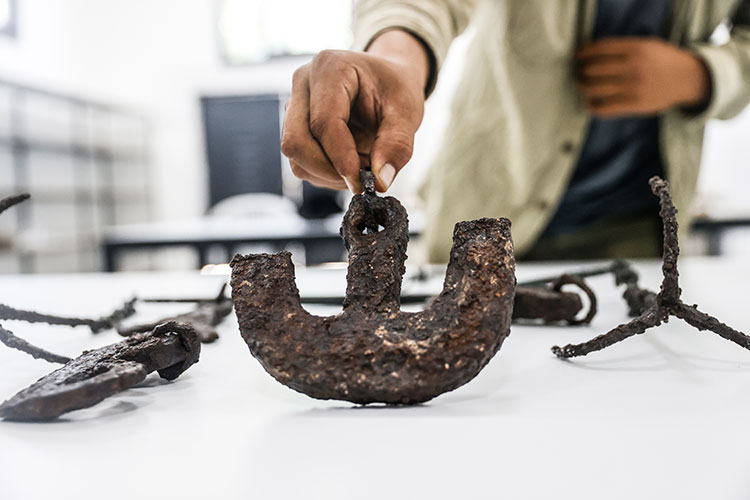
1,600-Year-Old Set of Weights Shaped as Ancient Greek Letters Discovered in Uzuncaburç Ancient City
Archaeologists uncover a complete weighing system from Late Antiquity during excavations in southern Türkiye
A team of archaeologists has uncovered a rare 1,600-year-old weighing set — including five iron weights shaped as Ancient Greek letters — during excavations at Uzuncaburç, an ancient city located in the Silifke district of Mersin, southern Türkiye.
The discovery sheds new light on trade practices in the Late Antique period (4th–7th centuries AD), offering one of the first complete examples of a standardized measurement system used in ancient marketplaces.
Excavations Focus on Colonnaded Streets and Commercial Structures
The excavations are being conducted under the leadership of Prof. Dr. Ümit Aydınoğlu from Mersin University’s Department of Archaeology, with support from the Turkish Ministry of Culture and Tourism’s “Heritage for the Future” initiative.
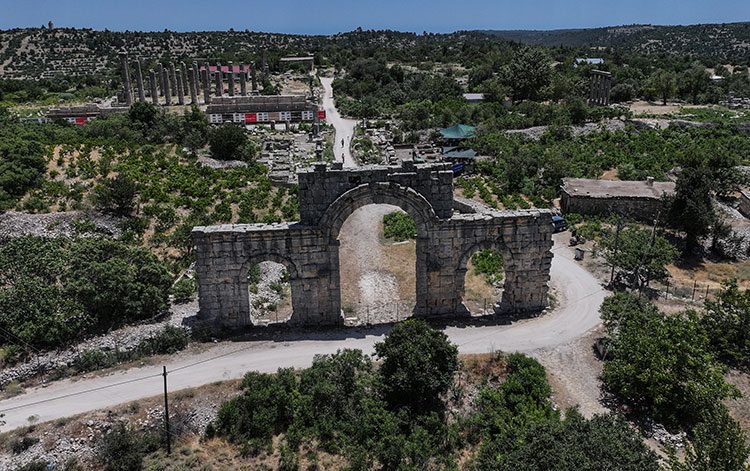
Recent digs have focused on two colonnaded streets that formed the commercial spine of the ancient city. Numerous shop remains and artifacts related to trade — including coins and cutting tools — have been uncovered.
📣 Our WhatsApp channel is now LIVE! Stay up-to-date with the latest news and updates, just click here to follow us on WhatsApp and never miss a thing!!
Among the standout finds is a complete iron steelyard balance, accompanied by a unique set of five weights.
Weights Shaped as Greek Alphabet Letters
Professor Aydınoğlu explained that the iron weights are shaped like letters from the Ancient Greek alphabet, each corresponding to specific standardized weight units used during the period:
“The weights range from half a litra to five litra — approximately 150 grams to 1.5 kilograms in today’s terms. Each weight represents a fractional or multiple unit of the litra system, and they were marked with Greek letters as identifiers. This is the first time we’ve discovered a complete set of such weights.”
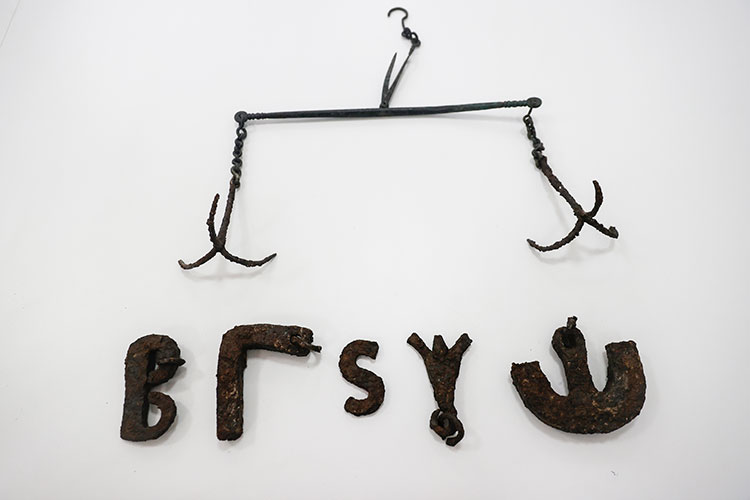
The use of Greek letters may have served as both a symbolic and functional system, possibly reflecting local trade customs or regional standards.
First Complete Ancient Measurement Set Found in the Region
This discovery marks the first time a full ancient weighing system has been unearthed intact in the region. According to Aydınoğlu:
“While we have found individual weights in previous excavations, this is the first time we’ve uncovered a complete set in context. It provides critical insight into commercial life and economic regulation in Late Antiquity.”
Uzuncaburç Set to Become a Model Archaeological Village
Originally known as Diokaisareia, Uzuncaburç is home to remarkably well-preserved structures from the Hellenistic and Roman periods, including temples, monumental fountains, theaters, and agorae.
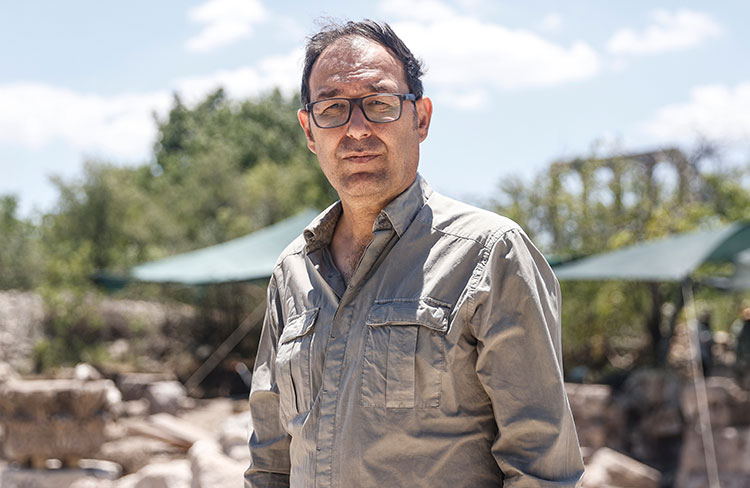
The excavation team has also implemented site improvements such as walking paths and informational signage, with the goal of transforming Uzuncaburç into one of Türkiye’s model archaeological villages in the near future.
“We aim to fully reveal the city’s main layout and restore select structures,” Aydınoğlu said. “With continued conservation and visitor-friendly enhancements, Uzuncaburç will soon attract global interest as a key cultural heritage destination.”
Cover Photo: Mustafa Ünal Uysal/AA
You may also like
- A 1700-year-old statue of Pan unearthed during the excavations at Polyeuktos in İstanbul
- The granary was found in the ancient city of Sebaste, founded by the first Roman emperor Augustus
- Donalar Kale Kapı Rock Tomb or Donalar Rock Tomb
- Theater emerges as works continue in ancient city of Perinthos
- Urartian King Argishti’s bronze shield revealed the name of an unknown country
- The religious center of Lycia, the ancient city of Letoon
- Who were the Luwians?
- A new study brings a fresh perspective on the Anatolian origin of the Indo-European languages
- Perhaps the oldest thermal treatment center in the world, which has been in continuous use for 2000 years -Basilica Therma Roman Bath or King’s Daughter-
- The largest synagogue of the ancient world, located in the ancient city of Sardis, is being restored

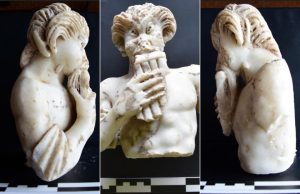
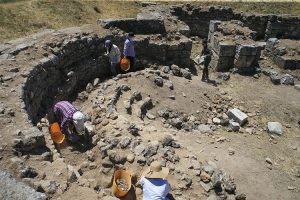
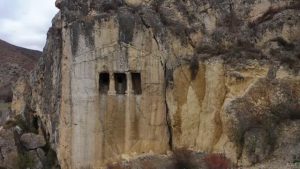
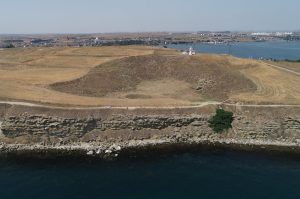

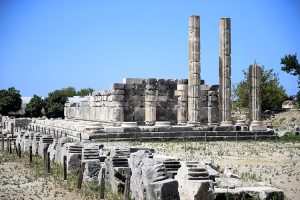
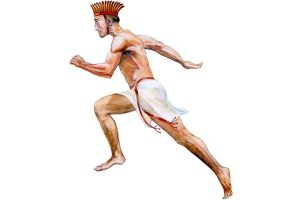

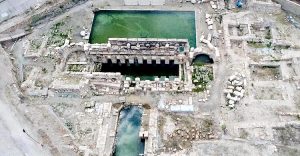
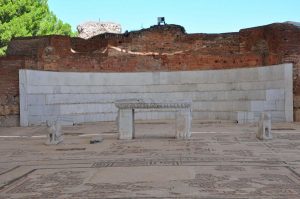
Leave a Reply